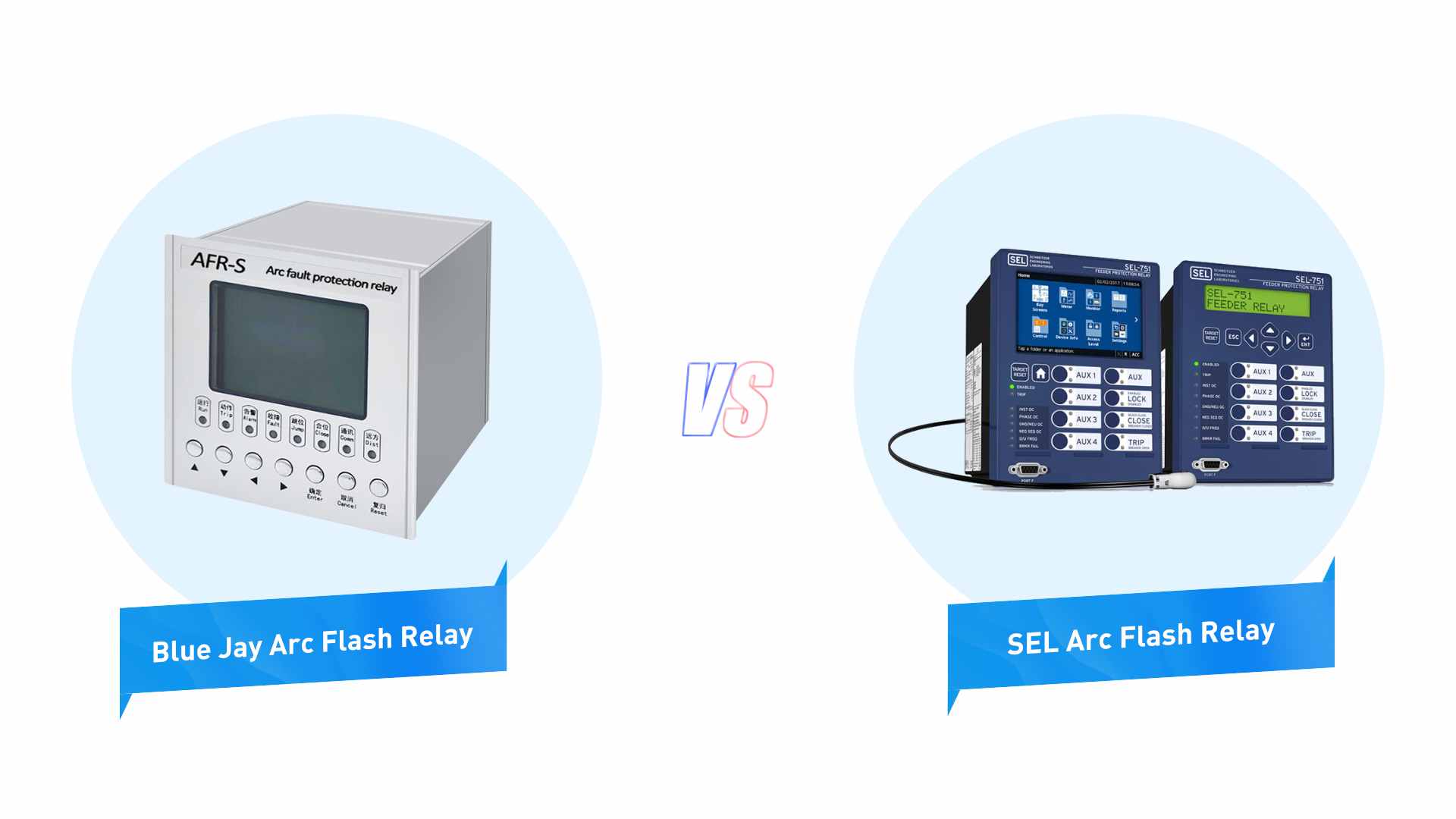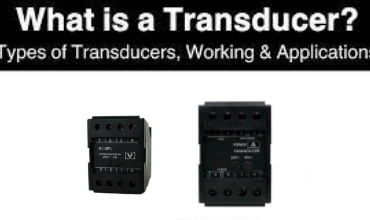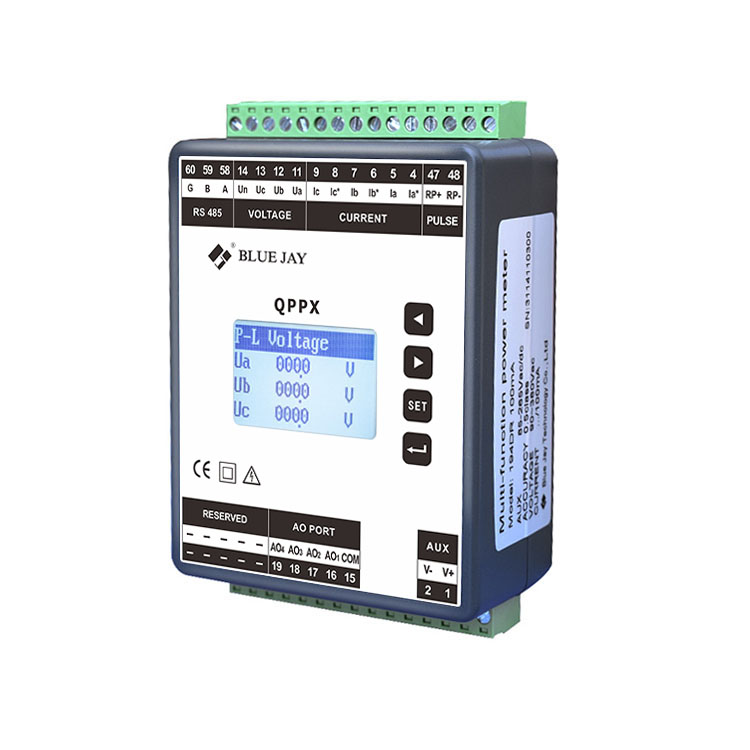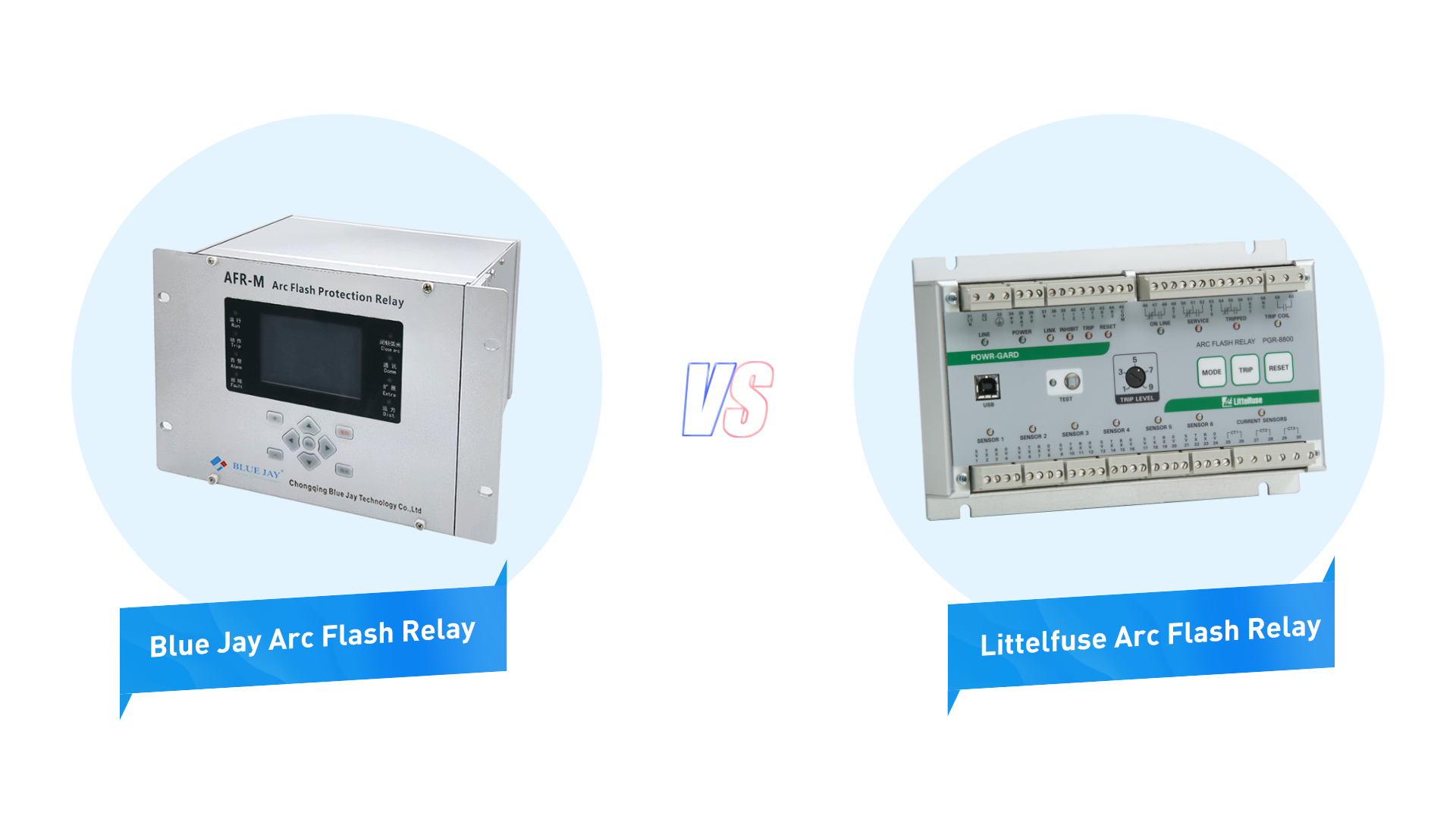
What is the difference between Blue Jay and Sel Arc Flash Relay?
In terms of arc flash relays, there are many

An electrical transducer is a device that converts a form of energy into an electrical signal. Electrical sensors are ubiquitous in our modern world and are used in a variety of applications across many different industries, including sensors, instrumentation, and control systems. These devices play a key role in measuring and controlling physical quantities, making them essential components in electronics and instrumentation. In this article, we’ll take a deep dive into electrical transducers, exploring their definitions, principles of operation, types, benefits, applications, and outputs.
First, let’s learn about the electrical transducer definition. Simply put, an electrical transducer is a device that converts physical quantities or non-electrical signals into electrical signals. This means that these devices convert parameters such as temperature, pressure, force, displacement, or any other measurable quantity into electrical signals that can be measured and processed by electronic circuits. At Blue Jay, the electrical transducer is a variety of power transducers like ac power transducers, voltage transducers, and programmable transducers.

To better understand electrical sensors, we must understand their basic working principles. Electrical transducers work by converting one form of energy into another. When a physical quantity or non-electrical signal is applied to the sensor, it produces an electrical signal proportional to the input signal. The output signal can be processed by electronic circuits to obtain useful information about the measured physical quantity.
There are several types of electrical sensors available, each with its own advantages and disadvantages. Resistive sensors use changes in electrical resistance to measure physical quantities such as temperature, pressure, and strain. Capacitive sensors use changes in capacitance to measure physical quantities such as displacement, pressure, and humidity. Inductive sensors use changes in inductance to measure physical quantities such as position and velocity. Piezoelectric transducers use changes in voltage to measure physical quantities such as force, acceleration, and pressure. Hall effect sensors use changes in a magnetic field to measure physical quantities such as current, voltage, and position.
At Blue Jay, there is a QPPX programmable transducer, a QP-A Power transducer, an Ac power transducer, and a QP voltage transducer. The QPPX Programmable Transducer produced by Blue Jay, are two examples of high-quality electrical transducers that are widely used in the industry.
One of the main advantages of electrical transducers is their high accuracy and reliability. These devices are designed to provide accurate and consistent readings under a wide range of environmental conditions. They are also extremely durable and can withstand harsh conditions without damage. Electrical transducers can also be easily interfaced with electronic circuits, making them suitable for use in control systems and instrumentation.
Electrical transducers have a wide variety of applications in many different industries. They are commonly used in temperature sensing, pressure sensing, position sensing, flow sensing, and force sensing applications. They are also used in control systems, instrumentation, and automation. Some common applications for electrical sensors include automotive sensors, medical devices, industrial process control, and aerospace instrumentation.
The output of an electrical transducer is an electrical signal that is proportional to the physical quantity being measured. The output can be in the form of voltage, current, resistance, frequency, or any other electrical parameter. The output signal can be processed by electronic circuits to obtain useful information about the physical quantity being measured.
In short, transducer electrical is indispensable devices that convert physical quantities or non-electrical signals into electrical signals that can be measured and processed by electronic circuits. They are highly accurate, reliable, and durable for a wide range of applications in many different industries. Understanding the different types, benefits, and applications of electronic transducers is essential for anyone working in the electronics and instrumentation fields. The QPPX programmable transducer produced by BLUEJAY is an example of a high-quality electric transducer widely used in the industry.

QPPX Programmable Transducer
QPPX is an AC programmable power transducer that converts electrical power into another form of signal output.

In terms of arc flash relays, there are many

As for arc fault detection, arc flash relay is

The Blue Jay arc flash relay and Littelfuse arc




